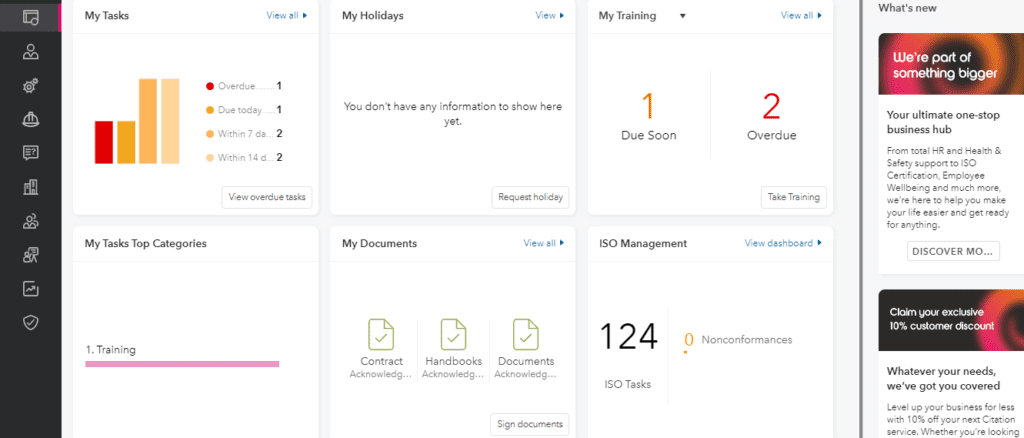ISO 9001 is the International Standard for Quality Management, first published in 1987 by the International Organisation for Standardisation (ISO), it is one of the most commonly used management tools across the world. The current version of ISO 9001 is ISO 9001:2015 which includes more focus around customer satisfaction.
It is designed to help organisations ensure that they meet the needs of customers and other stakeholders, by having a framework in place that drives improvement while helping to ensure consistent quality in the provision of goods and/or services through the correct application of a quality management system.
In order to achieve this certification, our ISO 9001 auditors will perform a gap analysis of your existing processes against the requirements of the ISO 9001 Standard, producing the management system for you while also creating a bespoke plan (with straightforward actions) that will help your business to gain ISO 9001 certification status.
How to prepare for ISO 9001 certification?
Preparing your business for ISO 9001 certification doesn’t have to be an extensive list that takes up business time and resources. If you don’t have any prior understanding of the requirements, then familiarise yourself before laying any foundations, so you know exactly what the criteria of the Standard entails. You’ll then be able to understand what work you need to do to put together a plan for ISO 9001 preparation. Consider the following points when preparing your business for ISO 9001 certification.
- Define the scope of your QMS – Which processes, departments and locations are included? Make sure you understand any changes to ISO 9001 before going further with your preparation.
- Assign roles and responsibilities – Assemble a team of responsible employees to oversee the implementation process.
- Conduct a gap analysis – Highlight areas that are meeting the ISO 9001 Standard, and other areas that need work.
- Implement a document control system – Outline your ISO 9001 processes, procedures and work instructions and establish a system to control and manage all relevant documentation.
- Employee training – Are your staff sufficiently trained?
- Corrective actions – Address any non-conformities.




















